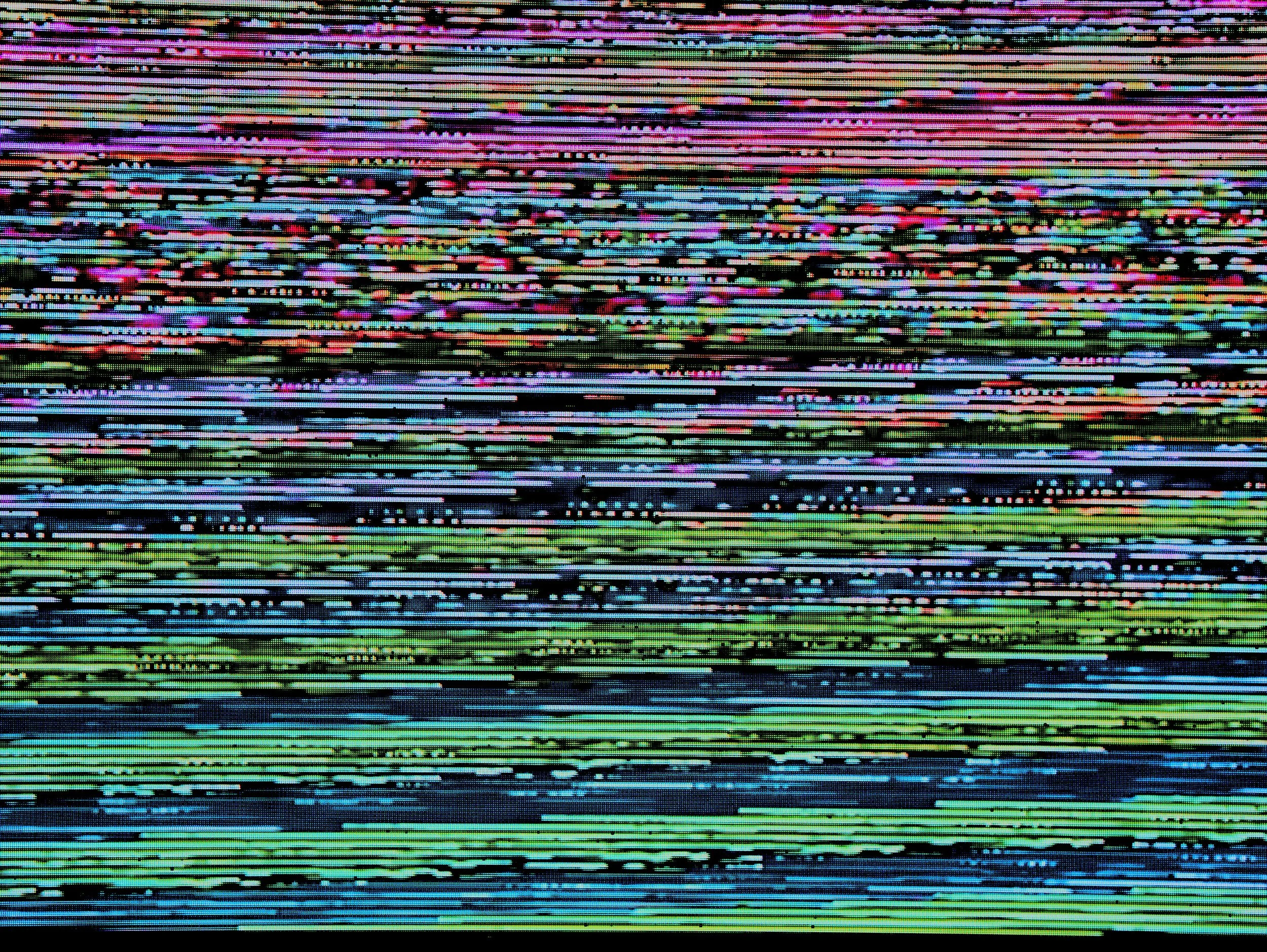Glitch Rituals: Turning Imperfection into a Branding Strategy
Introduction
For decades, branding has revolved around clarity, consistency and polish. Logos were meant to be pristine, advertising campaigns perfectly produced and product packaging engineered to look flawless on the shelf. Yet culture rarely stands still. The digital age, with its messy interfaces, buffering screens and pixelated errors, has created a new visual language. Imperfection has become a signal of authenticity, irony and even sophistication. Out of this landscape emerges the concept of glitch rituals: moments when brands deliberately insert controlled mistakes or disruptions into their identity and campaigns in order to capture attention, generate intrigue and establish cultural relevance.
Glitch rituals are not simple design accidents. They are carefully orchestrated experiences that use visual, auditory or experiential distortion as a way of engaging consumers. In an environment oversaturated with smoothness and polish, a broken edge stands out. The question is not whether these rituals will appear in branding, but how far they can be taken before consumers confuse them with genuine error or incompetence.
The Cultural Roots of the Glitch
The glitch aesthetic has been part of internet culture for more than two decades. Early file-sharing, dial-up connections and corrupted downloads created a visual and auditory environment where mistakes became commonplace. Instead of rejecting them, digital subcultures began to embrace these flaws as symbols of underground authenticity. A broken JPEG or a skipping MP3 was not simply an error, it was a marker of belonging to an online world that was imperfect but alive.
Artists adopted glitch as a deliberate technique. Music producers created entire genres of electronic sound built around distortion. Visual designers introduced corrupted imagery, pixelation and screen tearing into their work. What began as technological failure evolved into artistic choice. For Gen Z and younger audiences, raised in a digital environment where errors are expected, glitches do not necessarily signal failure. They can also mean uniqueness, surprise or cultural awareness.
Brands entering this space are not creating glitch culture from scratch. They are borrowing from a vocabulary that already resonates with digital natives. When used intentionally, glitches communicate alignment with internet humour, with post-ironic design and with the aesthetics of imperfection.
Why Glitches Capture Attention
From a psychological perspective, human beings are trained to notice errors. When something breaks the pattern, the brain pays attention. Advertising traditionally seeks attention through scale, colour or shock value. Glitch rituals create a different path: they disrupt expectation by pretending to fail. A video that suddenly distorts, a logo that appears corrupted or a website that temporarily looks broken triggers curiosity. The viewer wonders, is this intentional? If so, what does it mean?
Attention in modern media is scarce. Consumers scroll quickly, ignore banners and block intrusive advertising. A glitch interrupts the flow. Even a split second of confusion is enough to slow the scroll and create engagement. More importantly, glitches create an invitation to decode. The consumer feels part of a small in-group who “gets it” when the mistake reveals itself to be purposeful.
Practical Applications of Glitch Rituals
Visual Identity
One of the most direct ways to employ glitch rituals is through visual branding. Logos can be animated to appear distorted, packaging can feature holographic or pixelated surfaces and promotional images can contain deliberate imperfections. For example, a brand might create a limited edition version of its logo that appears corrupted when viewed online but prints cleanly on packaging. The contrast between the digital and physical environments reinforces the idea that the glitch is intentional.
Campaign Mechanics
Digital campaigns lend themselves particularly well to glitch rituals. A website may appear to break at certain times of day, revealing hidden content when users explore the “error”. An email newsletter can include subject lines that look like corrupted code, enticing recipients to click. Social media platforms allow short videos that loop incorrectly or captions that appear misaligned. These micro-disturbances invite attention and sharing.
Retail Experiences
In physical retail, glitches can be translated into sensory experiences. A pop-up shop might feature flickering lights or deliberately skipping soundtracks. A digital screen in a store could simulate a temporary crash before revealing a product offer. Customers would quickly learn that these are not accidents but rituals, part of the brand’s personality.
Limited Offers
Glitch sales are another tactic. Instead of announcing a straightforward promotion, a brand could create a short window of unexpected discount triggered by what looks like a “system error”. Consumers enjoy the thrill of catching the mistake and feel rewarded for being part of the event. The scarcity of such glitches enhances the sense of exclusivity.
Risks and Pitfalls
Glitch rituals are powerful but risky. The line between intentional disruption and real error can be thin. If the consumer interprets a glitch as incompetence, the brand loses credibility. For instance, an e-commerce site that pretends to crash during checkout may create confusion or frustration, leading to abandoned carts. In this context, clarity is essential. The glitch must resolve quickly, revealing itself as purposeful rather than accidental.
Another challenge is brand voice. Not every company can pull off glitch rituals. A bank or healthcare provider, for example, might undermine trust by presenting itself as broken or distorted. On the other hand, fashion, music, entertainment and youth-oriented brands have more freedom to experiment. The key is consistency with overall identity. A glitch cannot be tacked on randomly, it must feel like part of a coherent language.
Early Examples and Signals
Although not yet widespread, some early examples show how glitch rituals are entering mainstream branding. Streetwear labels have experimented with online shops that temporarily display distorted pages, leading to hidden drops. Musicians use glitch visuals in album covers, live visuals and video content. High fashion brands have released campaigns that appear corrupted, leaning into dystopian or futuristic aesthetics.
Even outside fashion, there are signals. Video game companies, streaming services and tech start-ups have begun to introduce “system error” themed promotions. These experiments often generate strong social media attention, as consumers screenshot and share the unexpected moments. The viral quality of glitch rituals is part of their value.
Glitch as Ritual, Not Accident
What separates glitch rituals from simple errors is the idea of repetition. A ritual is something repeated in a way that becomes symbolic. A brand might introduce a glitch every Friday evening, signalling the start of a weekend promotion. Another brand could use a recurring visual distortion in its advertising, creating recognition over time. Through repetition, the glitch is no longer confusing, it becomes part of the brand’s signature.
Rituals also create community. When consumers know to expect the glitch, they feel part of an insider group. The glitch becomes a shared language between brand and audience. Just as fans of a television series look forward to an in-joke, consumers can look forward to the glitch moment.
The Future of Glitch Branding
Looking ahead, glitch rituals may evolve as technology shifts. Augmented reality could allow brands to distort physical environments in playful ways. Packaging might include scannable elements that glitch on a phone screen. Artificial intelligence can create dynamic distortions that respond to user behaviour, generating personalised glitches that feel unique to each consumer.
There is also scope for multisensory glitches. Sound glitches, such as sudden skips in a playlist sponsored by a brand, can be used creatively. Haptic glitches, such as unexpected vibrations in a device when interacting with branded content, might become part of the experience. As consumers grow accustomed to seamless digital interactions, the deliberate imperfection will continue to attract attention.
Ethical Considerations
Like all branding strategies, glitch rituals must be approached with responsibility. Deliberately creating confusion can be manipulative if not handled carefully. Consumers need to feel surprised but not deceived. The ethical boundary lies in transparency. Once revealed, the glitch should clearly be part of the campaign rather than an actual system failure. In industries where trust is critical, such as healthcare, transport or financial services, the risks likely outweigh the benefits.
Conclusion
Glitch rituals represent a new frontier in branding and marketing. They harness cultural familiarity with digital imperfection and translate it into deliberate, engaging experiences. By disrupting expectations, they capture attention in a crowded media environment. When repeated, they create symbolic rituals that build community and loyalty.
Yet glitches are not for every brand. They require careful execution, strong alignment with brand identity and sensitivity to context. The danger of confusion or loss of trust is real. For brands willing to take the risk, however, glitch rituals can provide a powerful way to stand out, signal cultural awareness and turn imperfection into identity.
In an age where everything is polished, seamless and optimised, it may be the broken moments that resonate most deeply.

